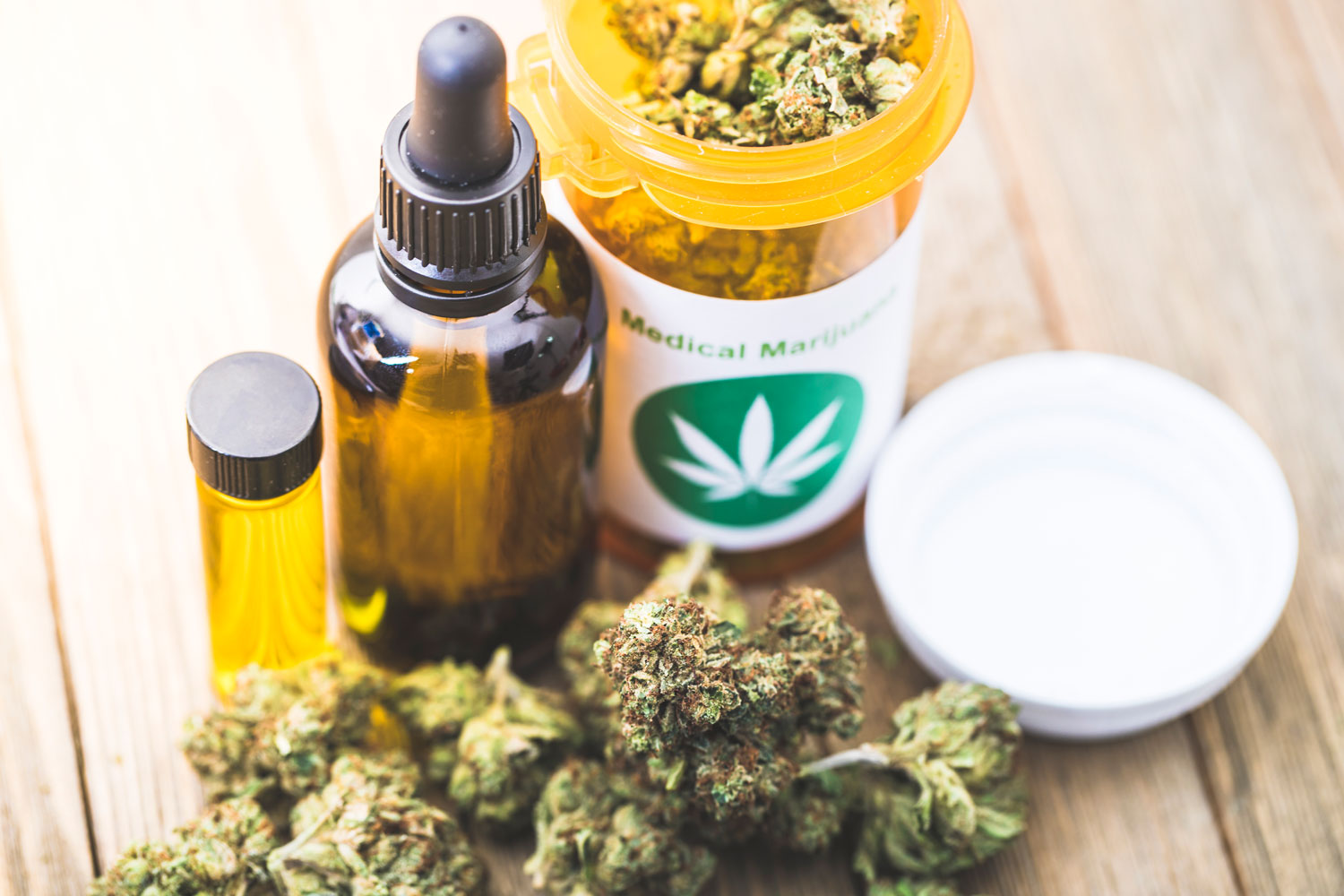Debunking popular myths related to medical marijuana
Myth: All medical marijuana is the same.
Fact: All medical marijuana is not the same, and it’s difficult to know what you’re getting. While pharmaceutical-grade CBD is a purified, highly concentrated formulation manufactured under strict safety and effectiveness standards, there are many strains of medical marijuana with varying levels of the various compounds. Parents of children with epilepsy who aren’t in clinical trials for pharmaceutical-grade CBD should caution against asking a doctor to prescribe medical marijuana since it may contain pesticides and other dangerous impurities with unknown concentrations. (Recreational marijuana—approved in nine states and the District of Columbia—may be even more likely than medical marijuana to have impurities.) Also, samples of medical marijuana from dispensaries have shown that labels on products claiming to have a certain level of the compounds CBD or tetrahydrocannabinol (THC), the psychoactive component that produces a high, often are incorrect.
Myth: CBD is “natural” and therefore, safer than anti-epileptic drugs (AEDs).
Fact: CBD medication is not safer than AEDs, and its side effects are similar to those associated with AEDs. CBD medication can make the user tired and can cause liver damage. Recent research found CBD medication is associated with drug interactions, meaning it can negatively interact with other AEDs.
Myth: CBD is more effective than AEDs.
Fact: CBD medication and other AEDs are similarly effective in patients with Lennox-Gastaut syndrome and Dravet syndrome, which are treatment-resistant forms of epilepsy. Like AEDs, CBD medication can become less effective over time.
Myth: CBD is widely available.
Fact: While many online companies, smoke and vape shops, and marijuana dispensaries sell CBD, these are not the same formulations as the pharmaceutical-grade CBD used in clinical trials, which meets strict guidelines for safety and purity. Purchasing these preparations is highly risky because there is no way to know how much CBD they contain (if any), nor are there standards to ensure they are free of impurities and dangerous chemicals.
Myth: If patients don’t benefit from AEDs, CBD is the only remaining option.
Fact: There are a number of treatment options for children with challenging forms of epilepsy. For example, there are many AEDs available, and if one doesn’t work, another one might. Beyond AEDs, there are other options for controlling epilepsy, including the ketogenic diet and surgery.
“Since we don’t yet have an FDA-approved CBD formulation, there has been a push to approve medical marijuana for families whose children struggle with these treatment-resistant epilepsies,” said Dr. Shinnar. “But while it is a well-intentioned effort, this is risky because medical marijuana not the same as pharmaceutical-grade medication that is used under medical supervision.”
The use of pharmaceutical-grade CBD for the treatment of epilepsy continues to evolve and the AES position on medical marijuana notes: “AES calls on government, private funders and manufacturers to support and develop well-designed, controlled, scientifically rigorous research for any cannabis-based products that have potential to have positive effects in the treatment of resistant epilepsy.”
Myth: CBD is medical marijuana and both produce a high.
Fact: Although CBD medication is derived from a compound in the cannabis plant, it is not the same as medical marijuana and does not produce a high. CBD is one of the more than 500 compounds in cannabis. Pharmaceutical-grade CBD contains only CBD. Medical marijuana contains CBD, but also many of the other compounds, including THC. Because pharmaceutical-grade CBD only contains trace amounts of THC, it does not get the user high.
Source:
ReCupido, Amanda. “Epilepsy, Medical Marijuana and CBD: Myths and Facts.” American Epilepsy Society | Working Toward a World without Epilepsy, 5 May 2018, www.aesnet.org/about_aes/press_releases/epilepsy_medical_marijuana_cbd.


